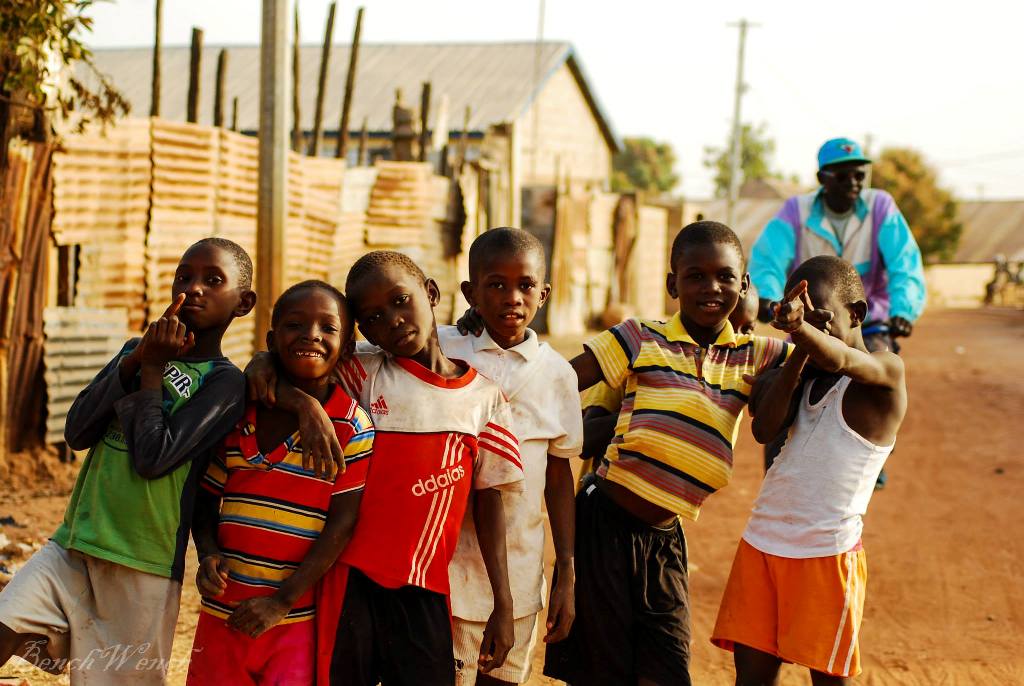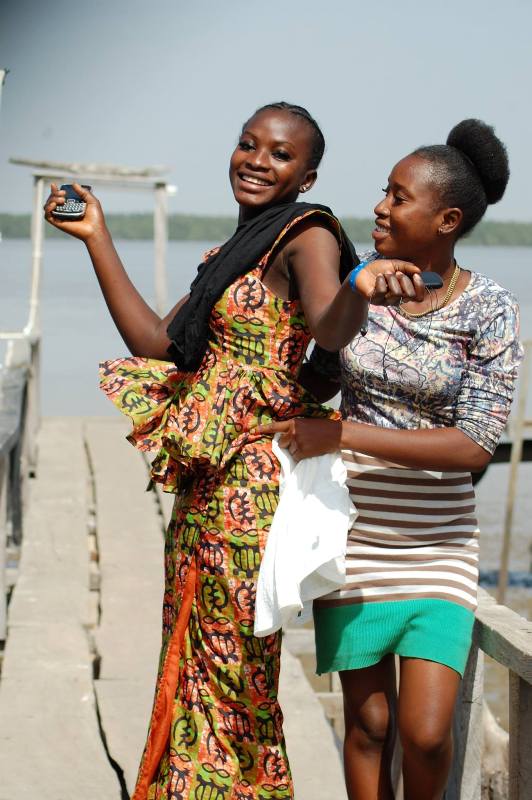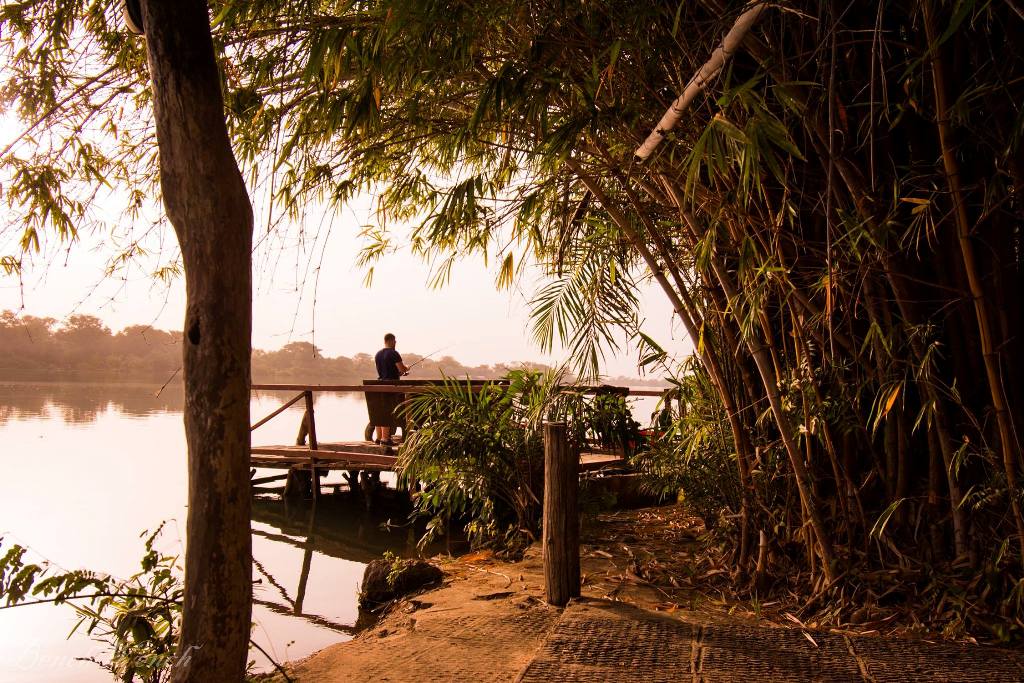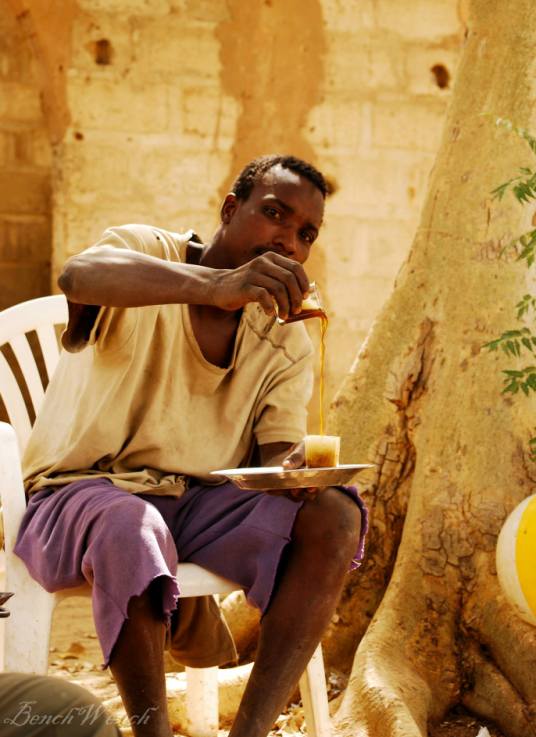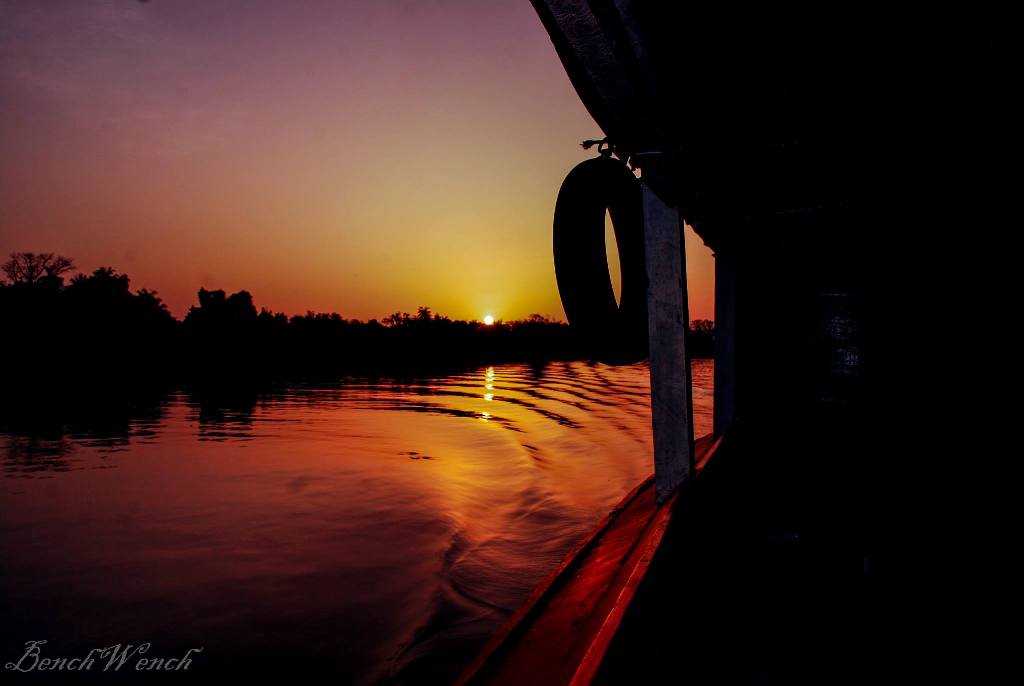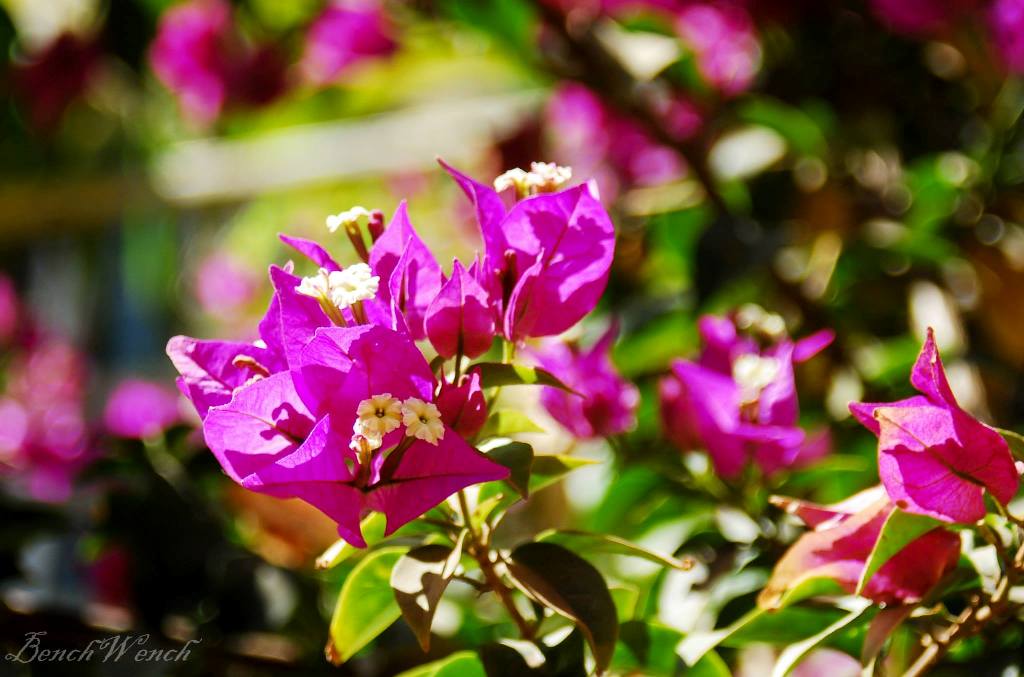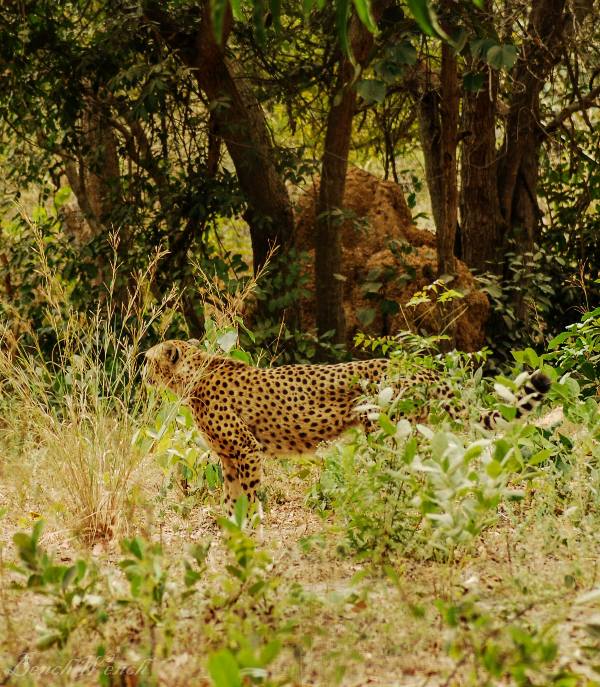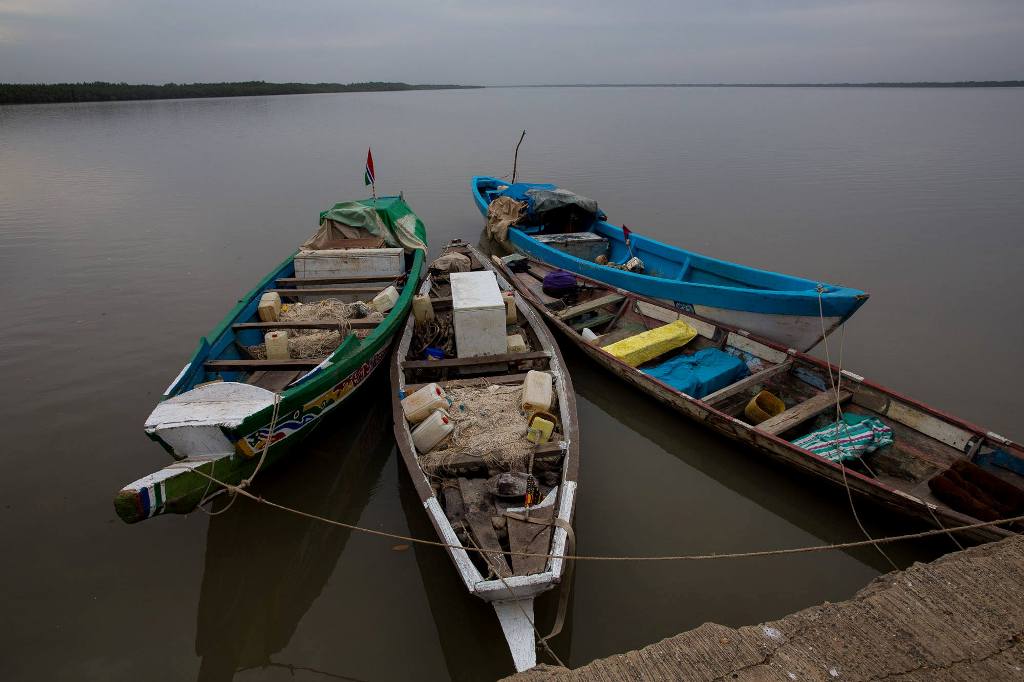Janjanbureh / GeorgeTown
You are here: Home > Destinations > The Gambia > Janjanbureh / GeorgeTown
About Janjanbureh / GeorgeTown
Georgetown (renamed Janjanbureh in 1995) offers a fascinating mix of wildlife, cultural sights and important historic places. Today, it is the low-key administrative centre for the Central river Division (CRD) but a number of buildings on the island date back to the colonial period and some sites and museums relate directly to the history of the slave trade in West Africa. A number of buildings, though, that claim to be from the era of the slave trade are in fact from the late 19th Century. Janjanbureh is located on MacCarthy Island which is now linked to the southern shore by a new bridge so getting there is much more straightforward than it used to be.
Over a relatively long history the island has had many names and ownership, including a trading post, a potential penal colony and a regional centre for the slave trade. However, in 1823 it was leased by Captain Alexander Grant as a place to settle freed slaves; from this period Fort George and a number of churches and schools also emerged. It is said that the existence of The Gambia as a country at all is due to the British military outpost of "Georgetown" rather than it becoming an integral part of the west African territories of France. The heyday of Georgetown was probably in the 1920s and 30s but its relatively remote location led to its decline following independence, although the fixed bridge link to the mainland has been touted as a way to kick-start its economy for the future.
One of the main reasons to visit this far "up-river" is the River Gambia National Park (RGNP) which protects a large area (6km2) of jungle-like sections of riparian forest and many small islands along the river to the west of Janjnabureh. It is justly famous for the Chimpanzee Rehabilition Project (CRP) located on three of its islands, which can be visited by boat. Tourist visitor spending goes primarily to the CRP, though some does filter through to government-led community projects for both conservation and economic development. As well as the chimps you may also find hippos, crocodiles, primates such as the green monkey, red colobus and Guinea baboon, warthogs, antelopes and manatees. Of course, the birdlife is an excellent draw, too.
Between the RGNP and Georgetown is the Sapu Paddy Fields project; using a tidal irrigation system they have not only created productive agricultural land but have also brought about an increase in the already rich mixture of habitats that attract bird species such as waders, pygmy goose, African finfoot and Pel's fishing owl amongst many others.
Away from the natural world of the river Gambia and its environs you will find the fascinating megaliths at Wassu and Ker Batch (part of the Stone Circles of Senegambia UNESCO World Heritage Site). The former includes around 200 stones of which the tallest are 3m high and make up 11 distinct circles.
Hotels to visit
Where to stay
Flexible Tailor-Made Holidays
- We believe passionately that no two holidays should be the same.
- With our flexible tailor-made holiday options you can travel at your own pace.
- Rediscover a city, a resort or an island in a weekend or longer.
- Take a small group tour or embark upon a more adventurous trip.
Trusted Service
- ATOL cover for flight inclusive holidays.
- One of us at Rediscover the World is very likely to have visited the hotels and travelled along the routes on your itinerary.
- Dynamic, comprehensive travel app with all your documents, maps and much more.
- Full financial protection for your holiday (TTA).
Why book the Gambia with us ?
- More than 10 years experience of Gambia
- Our guide has travelled extensively and will be happy to share his experiences.
- Unrivalled expertise of our local partners
- Personally chosen camps and beach lodges
- Add excursions, cultural & wildlife experiences
- 24hr assistance whilst in Gambia
